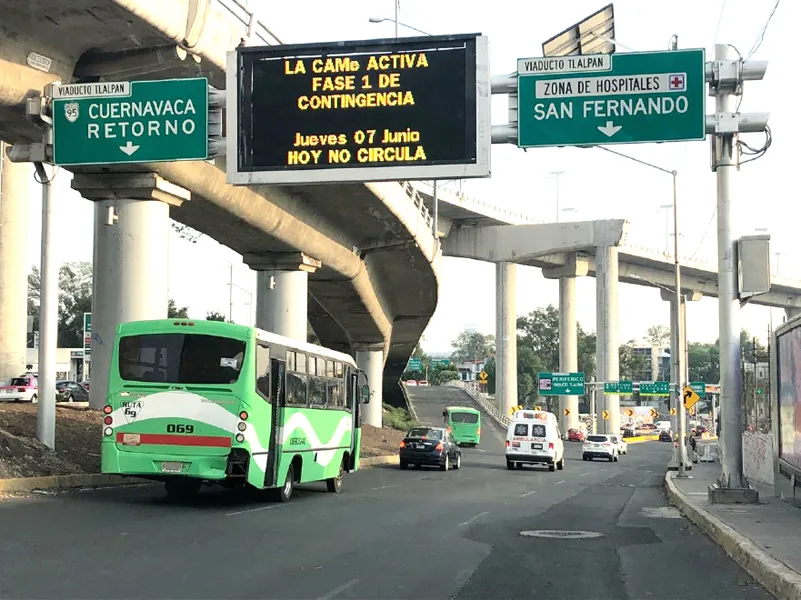Image Sensing Systems (ISS) has added the Autoscope RTMS Sx-300 to its traffic management product range, providing accurate, advanced vehicle detection, and the ability to detect up to 12 lanes of simultaneous detection, reporting vehicle presence as well as volume, occupancy, speed and classification information.
The device provides a fully automated set-up feature that self-detects and self-calibrates detection zones, providing users with a simple and cost effective installation process.
The combi
March 14, 2014
Read time: 2 mins
The device provides a fully automated set-up feature that self-detects and self-calibrates detection zones, providing users with a simple and cost effective installation process.
The combination of the Autoscope RTMS Sx-300 and the sophisticated
These technologies help move traffic safely and efficiently in real-time providing the clarity and confidence needed to make proactive decisions.
“We are pleased to announce the addition of the Autoscope RTMS Sx-300 to our vehicle detection portfolio,” said Nathan Silver, product manager for Traffic Management. “After many years of innovative development driven by the voice of our customers, we are pleased to be able to address the concerns of the transportation sector by offering a radar detection solution with increased reliability and longevity.”










